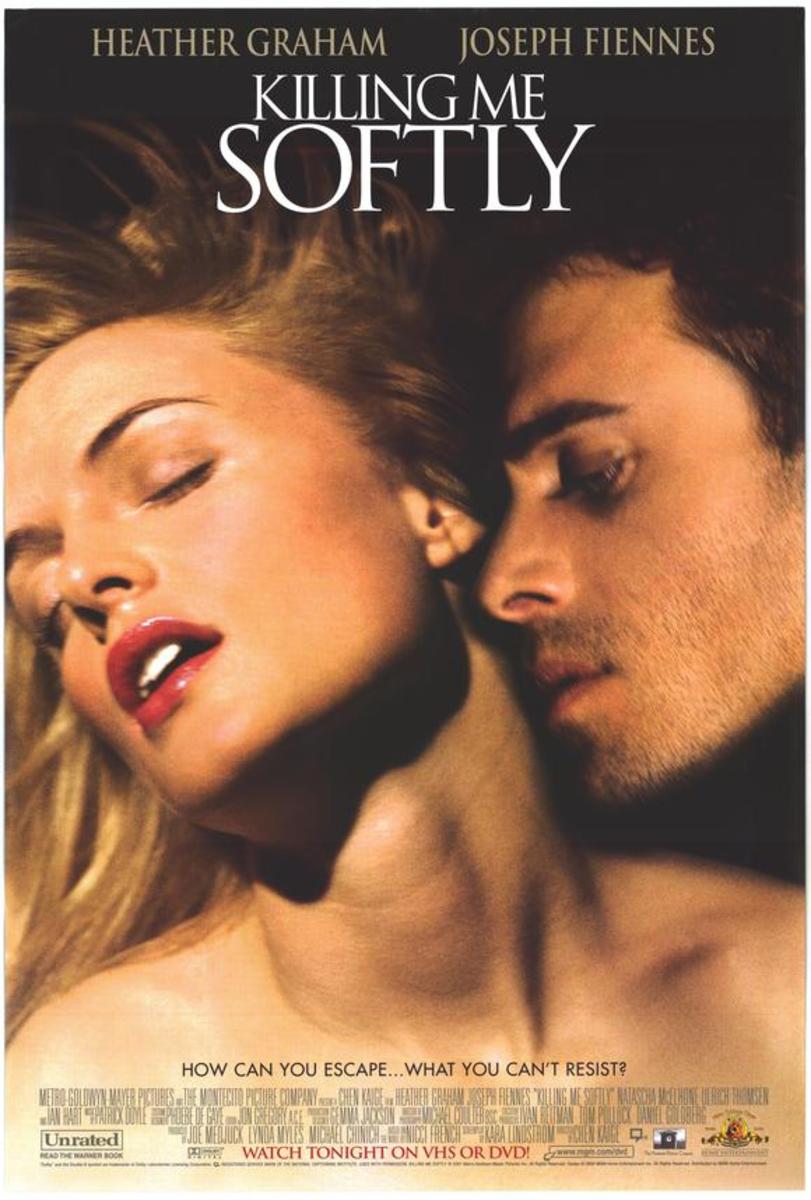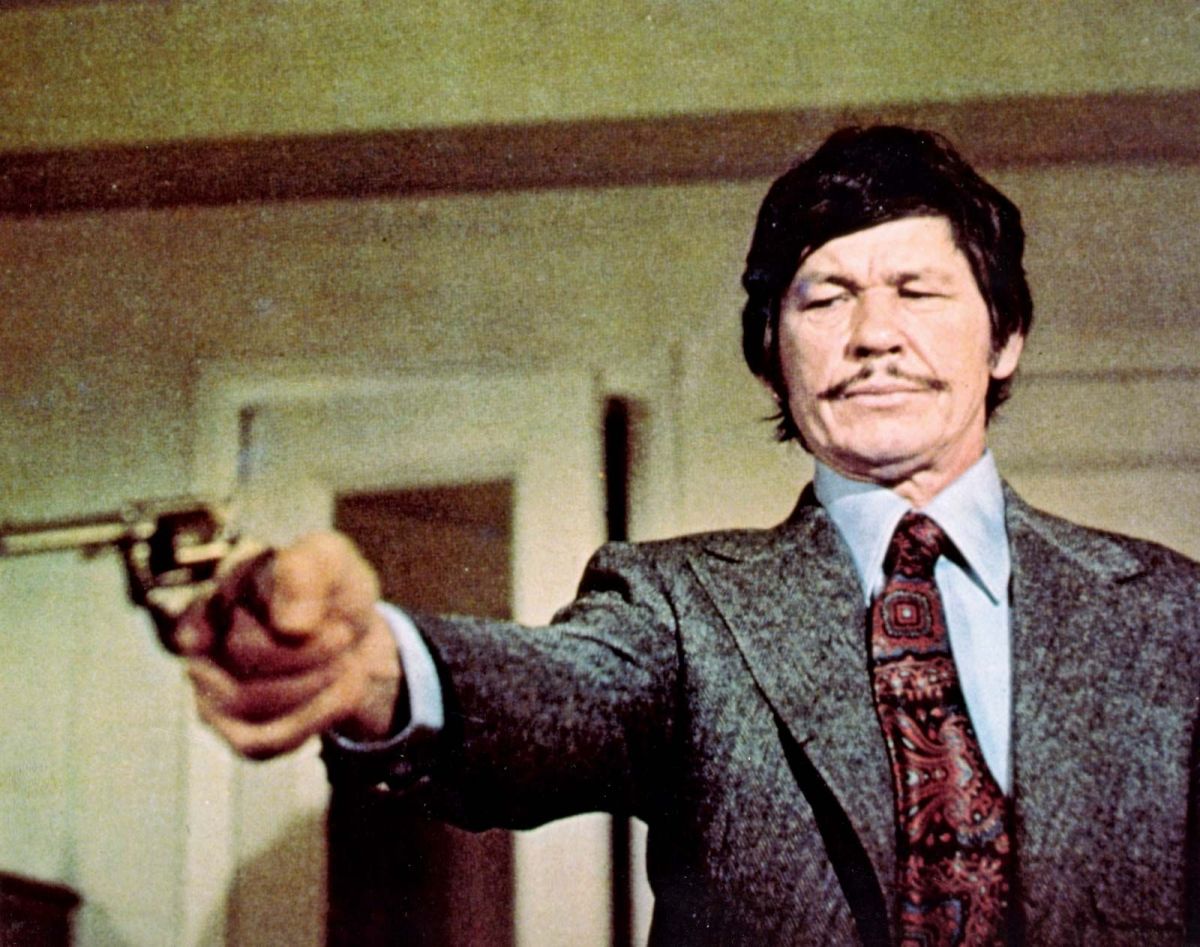Facts about the Jazz Singer
Facts about The Jazz Singer
The Story Line:
a. Cantor Rabinowitz is concerned about his son Jakie, and his obvious little interest in carrying on the family’s traditions and heritages. For many generations, the Rabinowitz families have been cantors, and have sung in the synagogue, but Jakie is more interested in jazz and rag time music- thus causing a dilemma.
b. After a serious argument with his family, Jakie decides to leave home for good in order to pursue his dreams as a rag time musician. He meets a well known stage performer named Mary Dale who gives him an opportunity which leads to his first big break. Jakie changes his name to Jack Robin, in order to have more of a “show name”.
c. Jakie realizes that he’s going to have to make many difficult choices if he wants to balance his new career, his relationship with Mary, and the difficulties he left behind at home.
2. “Timeline” Of new technology (from silent to full talking)
a. The first machine patented in the United States that showed animated pictures or movies was a device called the “wheel of life” or “zoopraxiscope”. Patented in 1867 by William Lincoln, moving photographs were watched through a slit in the zoopraxiscope.
b. Louis Lumiere is credited as inventing the first motion picture camera in 1895. The Cinematographe made motion pictures very popular. In 1895, Lumiere and his brother were the first to present projected, moving, photographic, pictures to a paying audience.
c. 1901- Experimental optical recordings are made on motion picture film.
d. 1906- Lee DeForest invents the triode vacuum tube, the first electronic signal amplifier.
e. 1913- The first talking movie is demonstrated by Edison using his kinetophone process, a cylinder player mechanically synchronized to a film projector.
f. 1917- E.C. Wente publishes a paper in Physical Review describing a uniformly sensitive instrument for the absolute measurement of sound intensity – the condenser microphone.
g. 1927- “The Jazz Singer” is released as the first commercial talking picture- produced by Warner Bros.
3. Popularity Statistics
a. The film developed into a major hit, demonstrating the profit potential of feature-length "talkies”- spiked the movie making industry- new sources of income.
b. Earned $3.5 million in profits on an investment of $500,000. As its special Oscar indicated, the film sparked the sound revolution and helped turn Warner Bros. into a major studio.
c. Fun story (taking after Mrs. Rudolph): On the night of 6 October 1927, The Jazz Singer was premièred at the Warner Theatre, New York. People queued for hours jamming the sidewalk and Jolson had to fight his way through the surging mob to get into the theatre. Once inside, he said: “This picture better be good, or I ain’t coming out again.” The crowded theatre of 1,800 people had no idea what was going to hit them and what they saw was a charismatic feature that made them screech and shout and nearly go crazy. The film ended with Jolson singing ‘Mammy’ to great applause and with the audience jumping to their feet, demanding: “Jolson, Jolson, Jolson! We want Jolson!” Running down the centre aisle to the stage, Jolson, in full view of the audience, wiped the tears from his eyes. It was the greatest moment in Al Jolson’s stupendously successful life. Next day wires buzzed between New York and California with instructions from movie moguls to wire their studios for sound.
4. Why this movie connects to the 1920’s Era
a. To bring you back to the very special night of the FIRST academy awards…
At the very first Academy Awards ceremony on May 16, 1929, Douglas Fairbanks presented a special Oscar to Warner Bros. production head Darryl F. Zanuck, who accepted on behalf of his studio for "producing The Jazz Singer, the pioneer outstanding talking picture, which has revolutionized the industry”. The Jazz Singer made a huge impact on the culture and pastimes of Americans all over the country. Theatres went from being $3.00 per silent film, to 50 cents per talking film! Leisure on the weekends increased because of the new opportunities to go to the movies for a cheaper amount, and celebrities rose in popularity and gave Americans people to idolize and look up to. Beautiful women movie stars were giving the average American woman the courage to stand up for herself- the flapper movement was going on at right about the same time. Women were becoming more independent, and there is a clear connection between the two.
From Silent…………… to talkies!



